Ever felt like you’ve been tricked into spending a small fortune on a few red threads that supposedly “elevate” your dish? You’re not alone. Saffron pops up in recipes like paella or risotto, and yet, for many home cooks, it feels like a culinary mystery. If you’ve ever asked, “What does saffron even do?”—this is the no-fluff explanation you’ve been looking for.
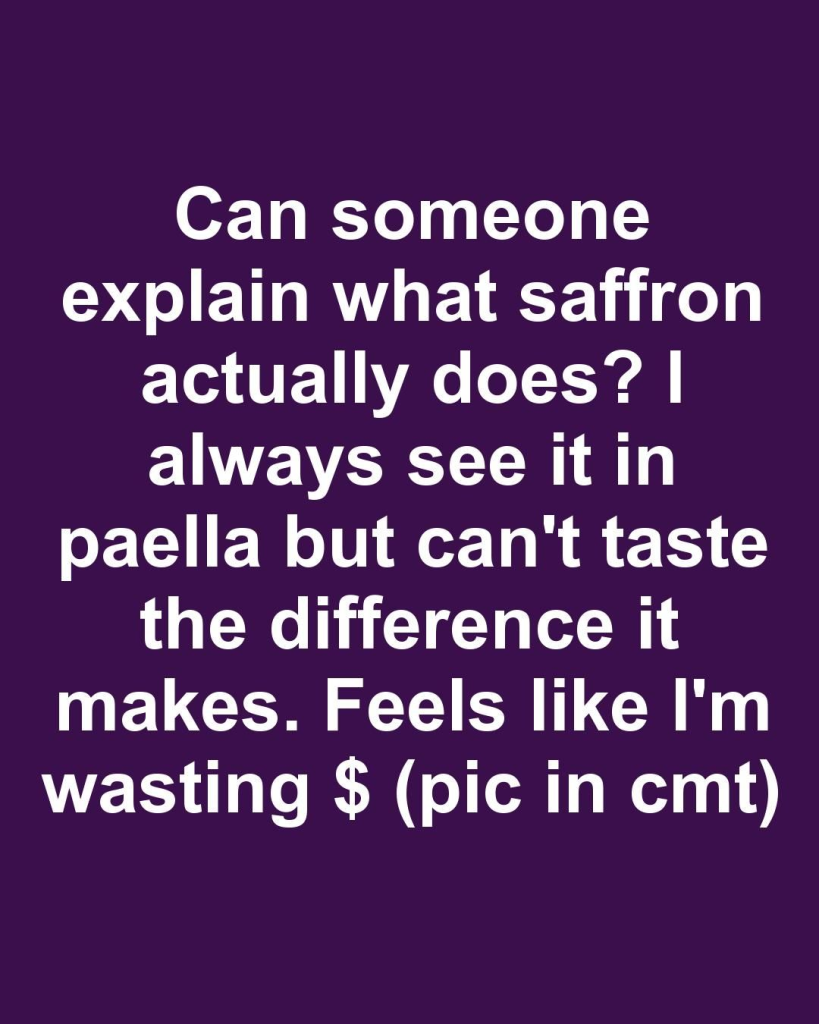
The “Golden Spice” With a Price Tag to Match
Let’s get the obvious out of the way: saffron is expensive. Like, absurdly expensive. A tiny jar can cost more than your weekly groceries. Why? Because saffron is made from the handpicked stigmas of the Crocus sativus flower—and each flower only gives you three red threads. You’d need about 75,000 of them just to get one pound.
This isn’t your average pantry staple. It’s luxury in a jar—and its rarity is part of the mystique. But does it actually do anything to your food? Oh yes, it does.
Video: The Secret to Saffron
The Real Magic: Flavor and Aroma You Didn’t Know You Were Tasting
If you’re expecting a flavor explosion, saffron might let you down at first. It’s not bold like garlic or chili. Instead, saffron is all about subtlety. Its flavor is warm, floral, slightly earthy, and laced with a gentle bitterness. Some even say it has a faint honeyed quality.
Here’s the kicker: saffron enhances other ingredients. It doesn’t scream for attention—it lifts everything else up like a culinary backup dancer. When used right, it deepens flavors, adds a touch of luxury, and creates that iconic golden hue that screams “something special is happening here.”
Why You Might Not Taste It (And What You’re Doing Wrong)
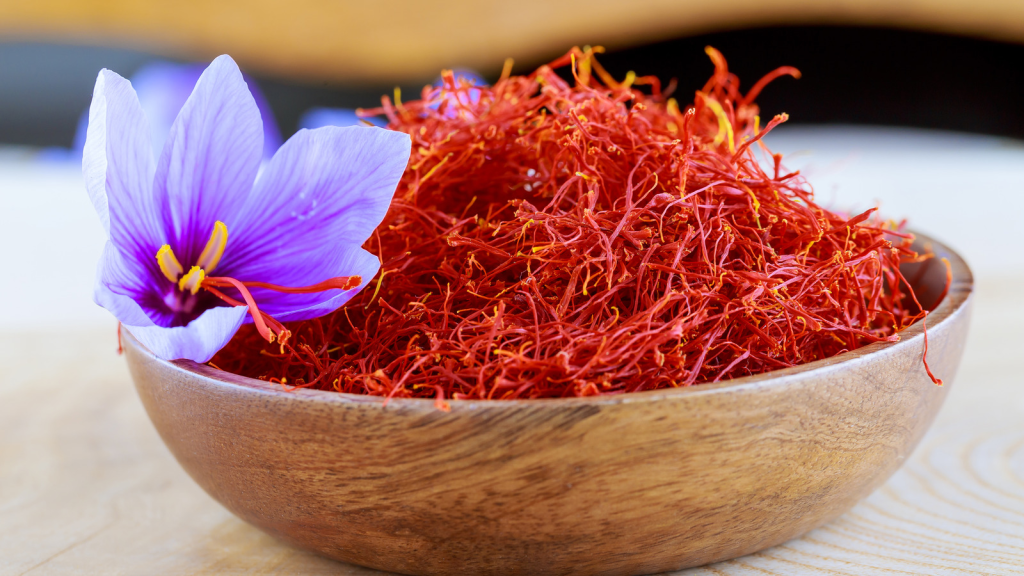
If you’ve added saffron to your paella and thought, “Where is it?”—it’s probably because you didn’t activate it properly. Saffron isn’t meant to be tossed in like oregano. It’s delicate, and needs coaxing.
The trick? Soak the threads in warm water, broth, or milk for about 10–15 minutes before adding it to your dish. This unlocks its full aroma and color. Without this step, you’re basically throwing dollar bills into your skillet.
Saffron in Paella: Not Just a Pretty Face
Video: SAFFRON EXPLAINED! — What Is It & What Does Saffron Do? | Doctor ER
In paella, saffron does more than just add that Insta-worthy golden tint. Its floral, slightly metallic essence complements the richness of seafood, meat, and rice. It’s what gives paella its depth. You might not isolate the saffron flavor, but trust me—without it, the whole dish falls flat.
Think of it like salt. You don’t always taste salt, but if it’s missing, the dish feels dull. That’s saffron. It brings harmony, tying all the bold components of paella together like a culinary conductor.
Common Myths: Saffron Shouldn’t Taste Like Perfume
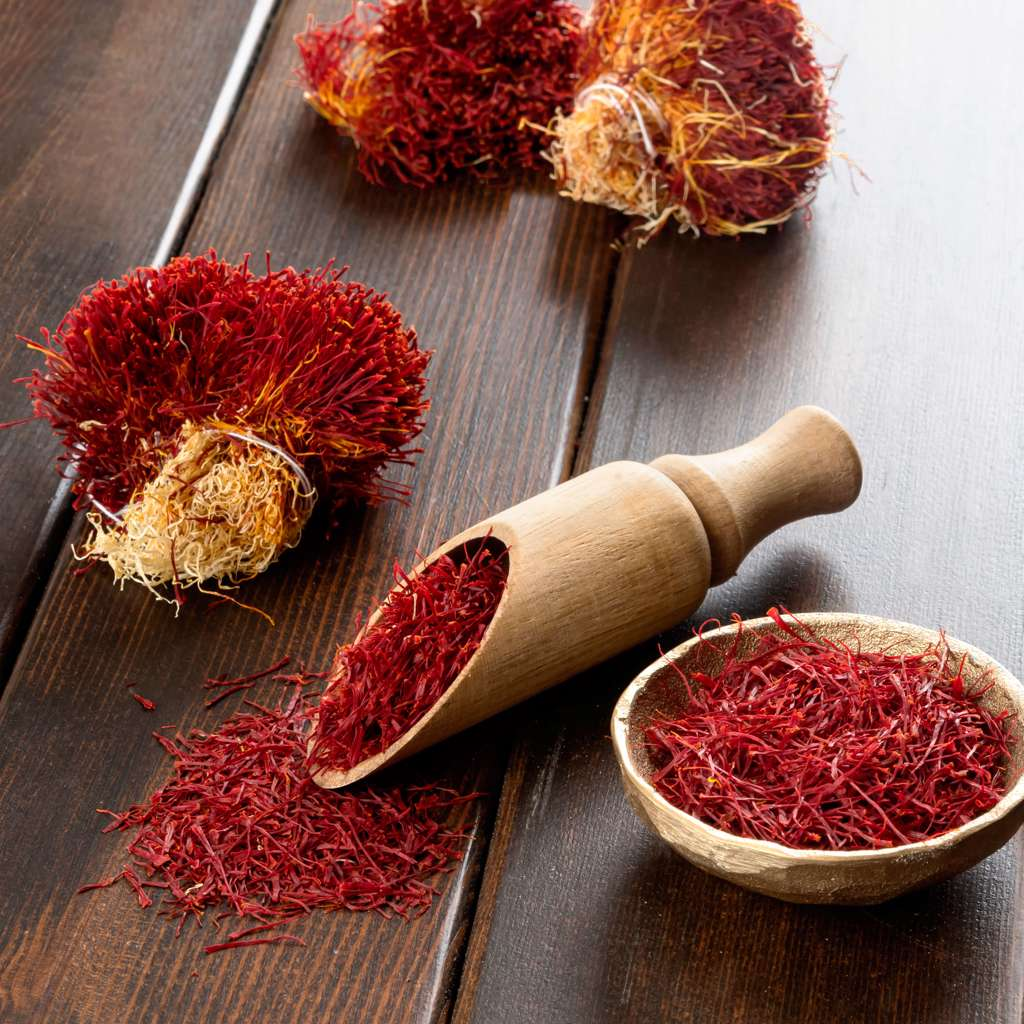
One of the biggest misconceptions? That saffron should taste like perfume in your mouth. Nope. If it does, you’ve either used way too much or bought a low-quality version that’s been cut with fillers.
Good saffron is potent, but not overwhelming. You only need a pinch—20 to 30 threads at most. Too much, and your dish can turn bitter or medicinal. With saffron, less really is more.
Don’t Get Duped: Buying and Storing Saffron the Smart Way
Worried about wasting your money? Here’s how to make sure your saffron is legit:
- Buy threads, not powder. Powder is easier to fake or dilute.
- Look for vibrant red threads with orange tips. Avoid dull or all-red saffron—it could be fake or old.
- Store it right. Light and air destroy saffron’s magic. Keep it in an airtight container in a dark cabinet.
Good saffron smells a bit like hay mixed with honey. If it smells like nothing or like chemicals—toss it.
Saffron Hacks for Big Flavor Without the Waste
Still not convinced it’s worth the splurge? Try these tricks to stretch its value:
- Crush before soaking. Lightly grind the threads before steeping to release more flavor.
- Make saffron “tea.” Infuse it in warm broth or water and drizzle it over your dish instead of mixing it in.
- Make saffron oil or butter. Steep a few threads in warm oil or melted butter and keep it for future recipes.
These methods ensure you get every drop of saffron goodness without going overboard.
It’s Not Just Fancy—It’s Functional (And Healthy!)
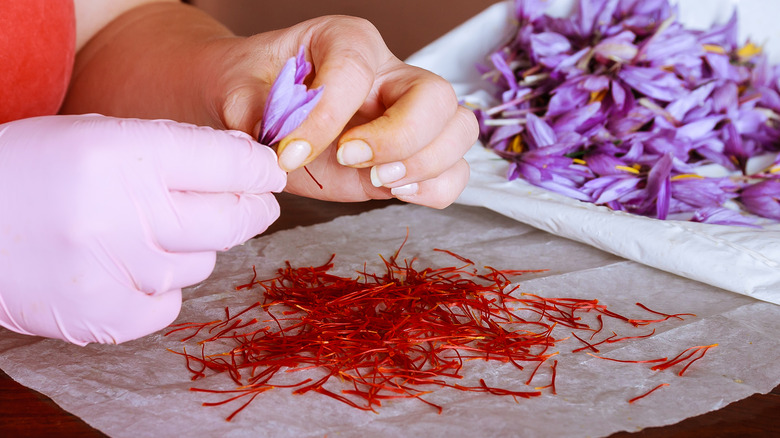
Saffron isn’t just a pretty face in your pantry. Studies show it’s loaded with antioxidants like crocin and safranal, which may help with mood, inflammation, and even memory. It’s been used for centuries in traditional medicine and still gets plenty of respect in holistic health circles.
Think of it as culinary self-care—flavor with benefits.
When to Use It (And When to Save Your Cash)
Saffron works best in slow-cooked or liquid-based dishes like:
- Paella
- Risotto
- Bouillabaisse
- Persian stews
- Saffron rice
- Desserts like custards or milk-based puddings
Avoid using saffron in dishes where it can’t dissolve or where strong spices will overpower it. That’s just wasting gold.
Conclusion: Subtle? Yes. Useless? Not Even Close.
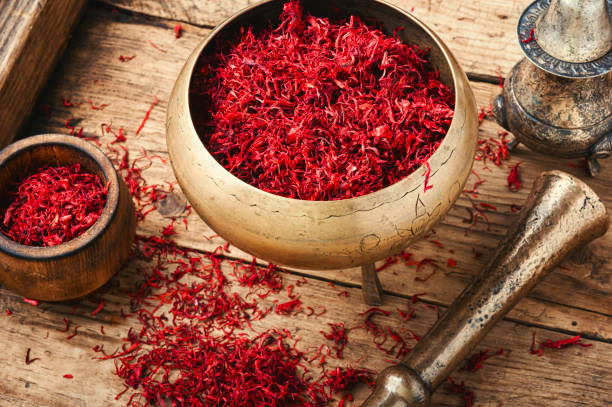
Saffron is a whisper, not a shout. But that whisper can elevate your cooking to something special—if you treat it right. Sure, it’s pricey, but when used properly, even a small pinch can bring complexity, aroma, color, and elegance to your plate.
If you’ve been throwing it into dishes straight from the jar and expecting fireworks, it’s time to rethink your saffron game. Prep it, respect it, and you’ll finally understand why chefs treat it like culinary treasure.


